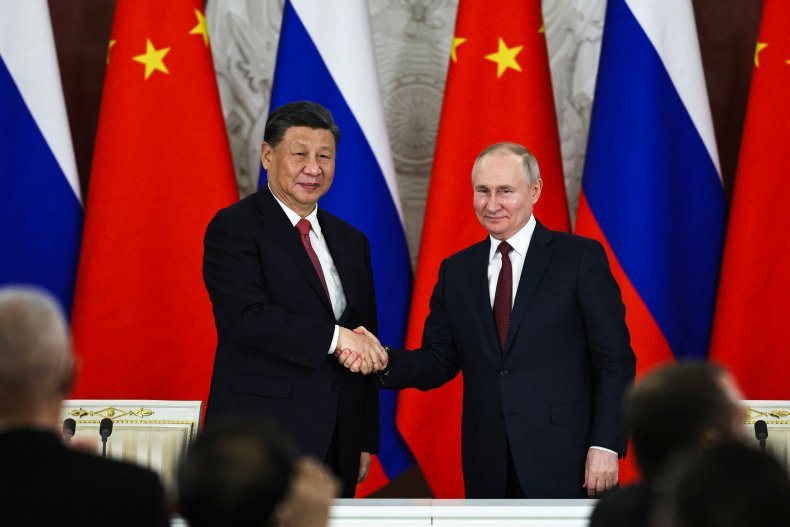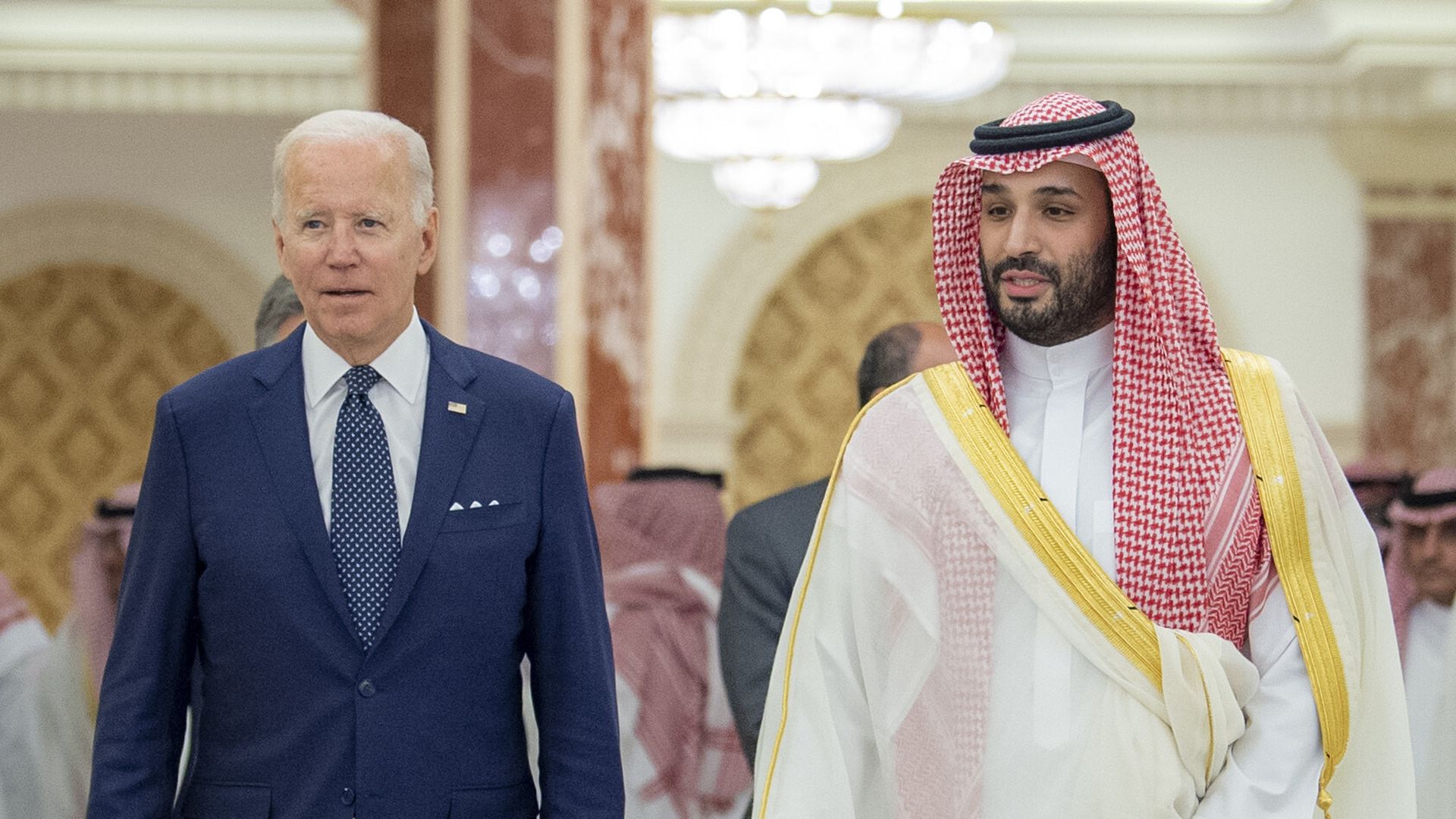ayooooo

 www.thetimes.co.uk
www.thetimes.co.uk
China builds bunkers, airfields and missile bases along disputed border with India
Both Delhi and Beijing have been deepening their relative footholds in the contested region. Two years ago China’s legislature passed a law which said that authorities should “promote coordination between border defence and social, economic development in border areas”.
Images from the US satellite firm, Maxar, show a new build-up of Chinese infrastructure in another disputed area called Aksai Chin, which is around 40 miles from the border. The photographs show bunkers and tunnels being dug into the hillside, which military experts say are designed to protect Chinese armaments and troops from air attacks by the Indian Air Force.
“Such infrastructure indicates preparations for an eventuality of hostilities,” Rakesh Sharmahe, a retired lieutenant general in the Indian army told the Hindustan Times. He added that China had been creating roads, oil pipelines, communications systems, housing for troops and storage for equipment over the past three years.
Both sides lay claim to territory on either side of the frontier in a dispute that has festered since the countries went to war in 1962. Three years ago tensions flared when Chinese troops crossed the border in eastern Ladakh to seize strategic positions.
Three years ago tensions flared when Chinese troops crossed the border in eastern Ladakh to seize strategic positions.
Soldiers from both sides died in the resulting clashes, bringing India and China the closest they have been to war in almost 70 years. Frequent clashes followed, though with fewer fatalities.
The two sides clashed in June 2020 when Chinese troops crossed the Line of Actual Control to seize strategic positions
GETTY IMAGES
At the recent Brics summit in Johannesburg, an “informal conversation” about the border row took place between India’s prime minister, Narendra Modi, and President Xi of China. The pair reportedly failed to come to any agreement, with Beijing briefing reporters that Modi had asked for the meeting while Delhi said it was China’s suggestion.
Modi is understood to have told Xi that restoring peace on the border and respecting the LAC was essential for normalising relations. However, this week the border dispute escalated again after Beijing issued a map that included the Indian state of Arunachal Pradesh and Aksai Chin in China.
China claims that Arunachal Pradesh is part of Tibet; in the past it has renamed Indian villages and protested when Indian officials visited the state. China also claims that Aksai Chin (most of which it controls) is Chinese. India has historically considered the region its own.
President Xi, second from left, and Narendra Modi, second from right, had an informal conversation at the Brics summit but did not come to any agreement
EPA
“This is an old habit of theirs,” said Subrahmanyam Jaishankar, India’s minister of external affairs. “Making absurd claims does not make other people’s territories yours.”
The photos and map put Modi under greater pressure from opposition parties, who since 2020 have mocked him for “surrendering” Indian land and “sleeping while China was preparing for war”.
Asaduddin Owaisi, an Indian politician with the Aimim party, said: “China’s preparations on the border should be sending alarm bells within the government. India’s response cannot be weak and timid. We need to stand up to China. But we have a PM who can’t call out China by name and a government that stalls all discussions in parliament on the subject.”
The Indian opposition has urged Modi to rebuke Xi and “expose China’s transgressions” at the G20 meeting
AP
The tensions also threaten to upset India’s hosting of the G20 in September where it is thought Xi will attend. The Congress party has urged Modi to rebuke Xi and “expose China’s transgressions” at the summit.
Retired naval commodore C Uday Bhaskar told The Times that the construction on the border and the map were a clear case of China “raising the temperature for India and Modi in the run-up to G20”.
“India has been firm about wanting a return of the status quo,” said Bhaskar. “There is also the fact that India’s standing is being showcased at G20. This is an attempt to put India on the defensive at the summit.”

China builds bunkers, airfields and missile bases along disputed border with India
China is accelerating its network of underground bunkers and tunnels in disputed territory on the border with India, raising the prospect of a military escalation between the nuclear powers
China builds bunkers, airfields and missile bases along disputed border with India
Both Delhi and Beijing have been deepening their relative footholds in the contested region. Two years ago China’s legislature passed a law which said that authorities should “promote coordination between border defence and social, economic development in border areas”.
Images from the US satellite firm, Maxar, show a new build-up of Chinese infrastructure in another disputed area called Aksai Chin, which is around 40 miles from the border. The photographs show bunkers and tunnels being dug into the hillside, which military experts say are designed to protect Chinese armaments and troops from air attacks by the Indian Air Force.
“Such infrastructure indicates preparations for an eventuality of hostilities,” Rakesh Sharmahe, a retired lieutenant general in the Indian army told the Hindustan Times. He added that China had been creating roads, oil pipelines, communications systems, housing for troops and storage for equipment over the past three years.
Both sides lay claim to territory on either side of the frontier in a dispute that has festered since the countries went to war in 1962. Three years ago tensions flared when Chinese troops crossed the border in eastern Ladakh to seize strategic positions.
Three years ago tensions flared when Chinese troops crossed the border in eastern Ladakh to seize strategic positions.
Soldiers from both sides died in the resulting clashes, bringing India and China the closest they have been to war in almost 70 years. Frequent clashes followed, though with fewer fatalities.
The two sides clashed in June 2020 when Chinese troops crossed the Line of Actual Control to seize strategic positions
GETTY IMAGES
At the recent Brics summit in Johannesburg, an “informal conversation” about the border row took place between India’s prime minister, Narendra Modi, and President Xi of China. The pair reportedly failed to come to any agreement, with Beijing briefing reporters that Modi had asked for the meeting while Delhi said it was China’s suggestion.
Modi is understood to have told Xi that restoring peace on the border and respecting the LAC was essential for normalising relations. However, this week the border dispute escalated again after Beijing issued a map that included the Indian state of Arunachal Pradesh and Aksai Chin in China.
China claims that Arunachal Pradesh is part of Tibet; in the past it has renamed Indian villages and protested when Indian officials visited the state. China also claims that Aksai Chin (most of which it controls) is Chinese. India has historically considered the region its own.
President Xi, second from left, and Narendra Modi, second from right, had an informal conversation at the Brics summit but did not come to any agreement
EPA
“This is an old habit of theirs,” said Subrahmanyam Jaishankar, India’s minister of external affairs. “Making absurd claims does not make other people’s territories yours.”
The photos and map put Modi under greater pressure from opposition parties, who since 2020 have mocked him for “surrendering” Indian land and “sleeping while China was preparing for war”.
Asaduddin Owaisi, an Indian politician with the Aimim party, said: “China’s preparations on the border should be sending alarm bells within the government. India’s response cannot be weak and timid. We need to stand up to China. But we have a PM who can’t call out China by name and a government that stalls all discussions in parliament on the subject.”
The Indian opposition has urged Modi to rebuke Xi and “expose China’s transgressions” at the G20 meeting
AP
The tensions also threaten to upset India’s hosting of the G20 in September where it is thought Xi will attend. The Congress party has urged Modi to rebuke Xi and “expose China’s transgressions” at the summit.
Retired naval commodore C Uday Bhaskar told The Times that the construction on the border and the map were a clear case of China “raising the temperature for India and Modi in the run-up to G20”.
“India has been firm about wanting a return of the status quo,” said Bhaskar. “There is also the fact that India’s standing is being showcased at G20. This is an attempt to put India on the defensive at the summit.”










